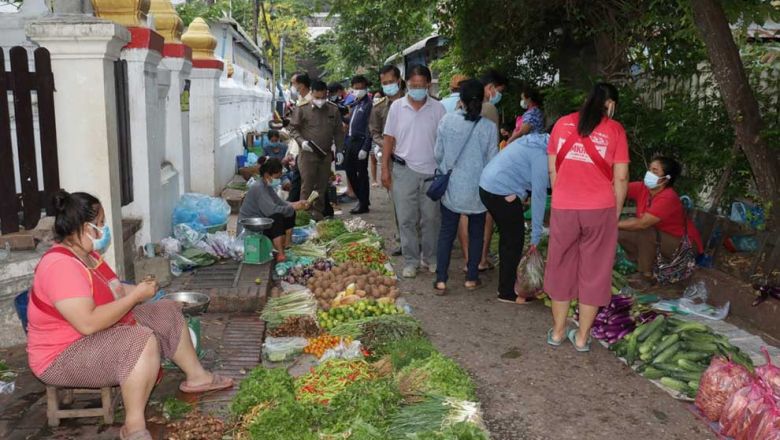East Asian economic growth remains steady
East Asian economic growth remains steady
East Asia as a whole is expected to experience moderate economic growth over the next two years as trade with developed economies, the region's main trading partners, gradually recovers, according to the United Nations World Economic Situation and Prospects 2014 report released this week.
The East Asia grouping gives a good indication of overall regional growth taken from 13 countries, but not including Laos.
Closer to home, Laos is expected to grow at the rate of 8.5 percent this year, which should put it among the top 10 fastest growing economies in the world, according to the Economist Intelligence Unit quoted recently in the Washington Post.
Over the past two years, the Lao economy has grown at least 8 percent annually mainly driven by the resource sector.
East Asia's average gross domestic product (GDP) growth stood at 6 percent in 2013, slightly up from 5.9 per cent in 2012. A further mild increase to 6.1 per cent is projected for 2014 and 2015, mainly due to a recovery in exports amid improving conditions in developed countries.
ASEAN members including Thailand, Vietnam, Philippines, Singapore, Myanmar, Brunei and Malaysia are also categorised in this East Asia group.
In 2013, slow export growth persisted across East Asia as demand from its major trading partners, particularly Europe and the United States, remained fairly sluggish. In most East Asian economies, net exports did not contribute significantly to overall growth. Instead, household consumption remained the main driver of growth, whereas the contribution from investment declined slightly.
The UN report predicts that private consumption and investment will continue to expand at a robust pace in most East Asian countries, supported by stable labour market conditions, low inflation and fairly accommodative monetary policies. Fiscal policies will remain moderately expansionary, providing support for growth.
However, the report warns that growth could be threatened by a sharp slowdown in the Chinese economy, as well as an abrupt tightening of external financing conditions triggered by the US Federal Reserve Bank's exit from monetary expansion.
Meanwhile the economies of the least developed countries (LDCs) will continue to expand at a solid rate, with growth forecast at 5.7 percent in 2014 and 2015 following growth of 5.4 percent in 2013.
However, per capita GDP is expected to increase at only 3.2 percent in 2014 and 2015, which, in many LDCs, will have only a limited impact on living standards, given the widespread levels of poverty.
Major obstacles for stronger economic and social development include institutional deficits and lack of infrastructure.
Performance is diverse among individual countries in the LDCs. In numerous African LDCs, such as Angola, Liberia, Sierra Leone, the United Republic of Tanzania, and Zambia, investment in the natural resource sector will drive growth in 2014.
However, the challenge lies in achieving a more comprehensive and lasting impact from development. Infrastructure improvements, for example, should not be tailored exclusively towards natural resource projects, but also towards the broad needs of the population.
vientiane times














